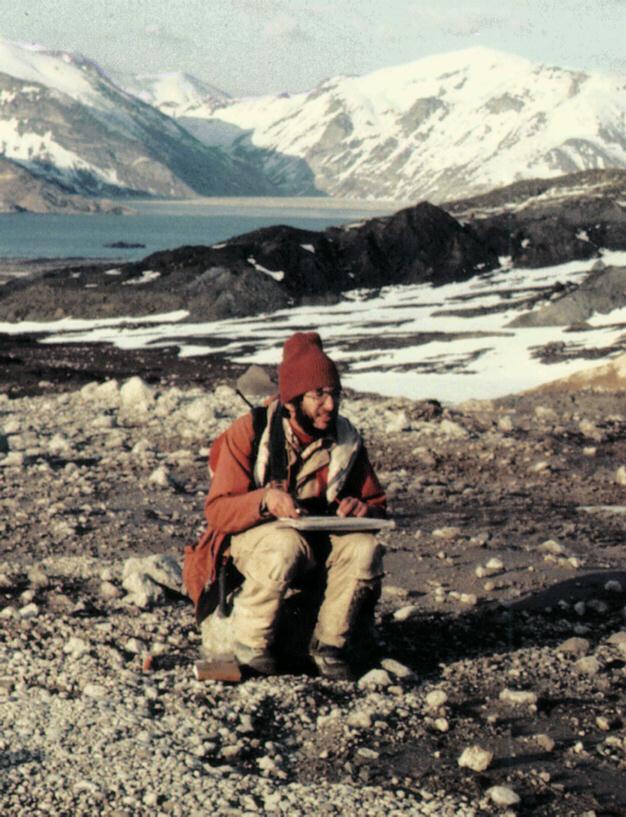terça-feira, junho 03, 2025
Harry Glicken, o geólogo especialista em nuvens ardentes, morreu há 34 anos...
Postado por
Fernando Martins
às
03:40
0
bocas
![]()
Marcadores: Harry Glicken, Japão, Monte Santa Helena, nuvem ardente, Unzen, Vulcanologia
segunda-feira, junho 03, 2024
Harry Glicken, geólogo especialista em nuvens ardentes, morreu, com uma, há 33 anos...
Postado por
Fernando Martins
às
03:30
0
bocas
![]()
Marcadores: Harry Glicken, Japão, Monte Santa Helena, nuvem ardente, Unzen, Vulcanologia
sábado, junho 03, 2023
Harry Glicken, geólogo especialista em nuvens ardentes, morreu com uma, há 32 anos...
Postado por
Fernando Martins
às
00:32
0
bocas
![]()
Marcadores: Harry Glicken, Japão, Monte Santa Helena, nuvem ardente, Unzen, Vulcanologia
sexta-feira, junho 03, 2022
O geólogo Harry Glicken, especialista em nuvens ardentes, morreu numa há 31 anos...
Postado por
Fernando Martins
às
03:10
0
bocas
![]()
Marcadores: Harry Glicken, Japão, Monte Santa Helena, nuvem ardente, Unzen, Vulcanologia
Os Kraft, vulcanólogos alsacianos, morreram na erupção do vulcão Unzen há 31 anos...
Postado por
Fernando Martins
às
00:31
0
bocas
![]()
Marcadores: David A. Johnston, Harry Glicken, Katia, Katia Krafft, Krafft, Maurice, Maurice Krafft, Monte Santa Helena, Vulcanologia, Vulcão
quinta-feira, junho 03, 2021
O geólogo Harry Glicken, especialista em nuvens ardentes, morreu com uma há trinta anos...
Postado por
Fernando Martins
às
00:30
0
bocas
![]()
Marcadores: Harry Glicken, Japão, Monte Santa Helena, nuvem ardente, Unzen, Vulcanologia
quarta-feira, junho 03, 2020
O especialista em nuvens ardentes Harry Glicken morreu há 29 anos...
Postado por
Fernando Martins
às
02:09
0
bocas
![]()
Marcadores: Harry Glicken, Japão, nuvem ardente, Unzen, Vulcanologia
sexta-feira, junho 03, 2016
Harry Glicken morreu há 25 anos...
Postado por
Fernando Martins
às
02:50
2
bocas
![]()
Marcadores: Harry Glicken, Japão, nuvem ardente, Unzen, Vulcanologia
quinta-feira, junho 03, 2010
Os Kraft morreram há 19 anos
 Katia Krafft (Mulhouse, 17 April 1942 – 3 June 1991) and her husband, Maurice Krafft (Guebwiller, 25 March 1946 – 3 June 1991) were French volcanologists who died in a pyroclastic flow on Mount Unzen, in Japan, on June 3, 1991. Their obituary appeared in the Bulletin of Volcanology, (vol. 54, pp 613–614).
Katia Krafft (Mulhouse, 17 April 1942 – 3 June 1991) and her husband, Maurice Krafft (Guebwiller, 25 March 1946 – 3 June 1991) were French volcanologists who died in a pyroclastic flow on Mount Unzen, in Japan, on June 3, 1991. Their obituary appeared in the Bulletin of Volcanology, (vol. 54, pp 613–614).
Postado por
Fernando Martins
às
23:51
1 bocas
![]()
Marcadores: David A. Johnston, Harry Glicken, Katia, Katia Krafft, Krafft, Maurice, Maurice Krafft, Monte Santa Helena, Vulcanologia, Vulcão



